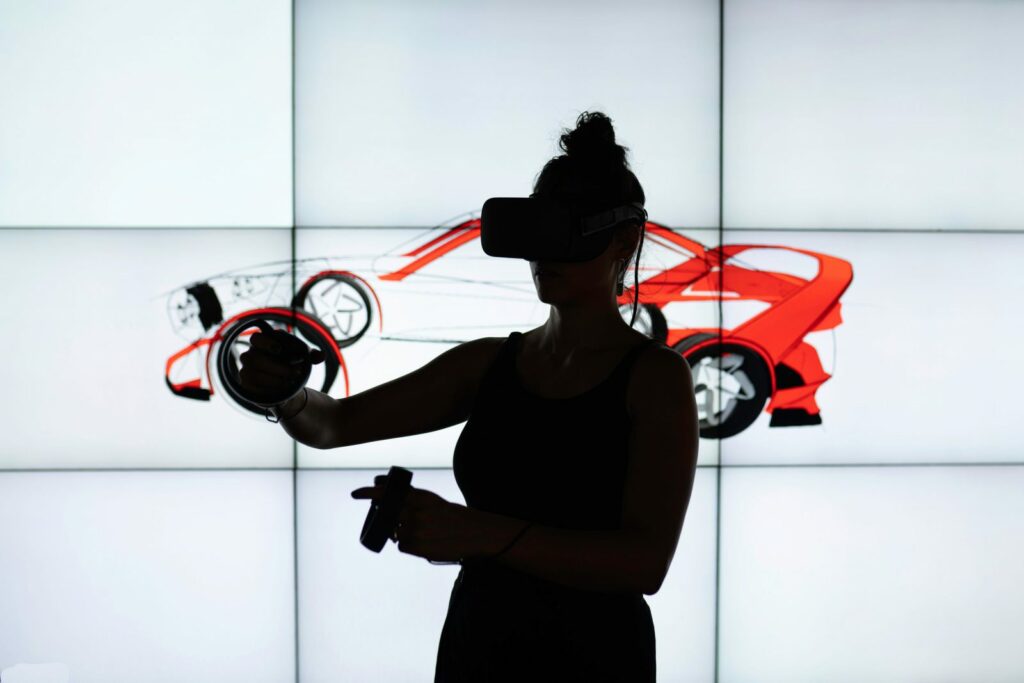Mixed reality (MR) is a rapidly developing technology that blends the physical and digital worlds by overlaying virtual objects onto the real world. MR is different from virtual reality (VR) and augmented reality (AR) in that it combines elements of both technologies to create a seamless user experience. This technology is being used in various fields such as gaming, education, healthcare, and manufacturing, among others. In this blog, we will explore the advantages and disadvantages of mixed reality.
Advantages of Mixed Reality :

Enhanced User Experience: Mixed reality offers an immersive user experience that allows users to interact with virtual objects as if they were real. This technology creates a highly engaging and interactive environment, enhancing the user experience and providing a more meaningful and memorable experience.
Improved Training and Education: Mixed reality has the potential to revolutionize education and training by providing a realistic and interactive simulation environment. This technology can be used to train individuals in high-risk professions such as aviation, healthcare, and military, among others, by creating realistic scenarios that allow individuals to practice and refine their skills.
Increased Efficiency in Manufacturing: Mixed reality can be used to streamline the manufacturing process by allowing designers and engineers to visualize and test products in a virtual environment. This technology can help identify design flaws and reduce the need for physical prototypes, saving time and money.
Cost-Effective Marketing: Mixed reality can be used in marketing to create unique and memorable experiences that engage consumers. This technology can be used to create virtual showrooms, product demos, and interactive ads, among others, at a fraction of the cost of physical events.
Disadvantages of Mixed Reality :
High Cost : Mixed reality technology is still in its early stages and is relatively expensive. The cost of developing and implementing MR solutions can be prohibitive for many organizations, especially smaller ones.
Limited Compatibility: Mixed reality requires high-end hardware and software, which may not be compatible with all devices. This limitation can restrict the potential audience for MR solutions, making it less accessible to the masses.

Limited Mobility: Mixed reality requires a specific environment, such as a room or dedicated area, to be effective. This limitation can restrict the portability of MR solutions, making it less practical for certain applications.
Health Concerns : Extended use of mixed reality technology can cause physical discomfort, including headaches, nausea, and eye strain. These issues can limit the potential for mixed reality to be used in certain fields, such as healthcare and education.
Conclusion :
Mixed reality technology has enormous potential to revolutionize various fields, providing an immersive and engaging user experience. While it offers many advantages, there are also some disadvantages that need to be considered. As the technology continues to evolve, the advantages of mixed reality will likely outweigh the disadvantages, making it an essential tool for various industries.

